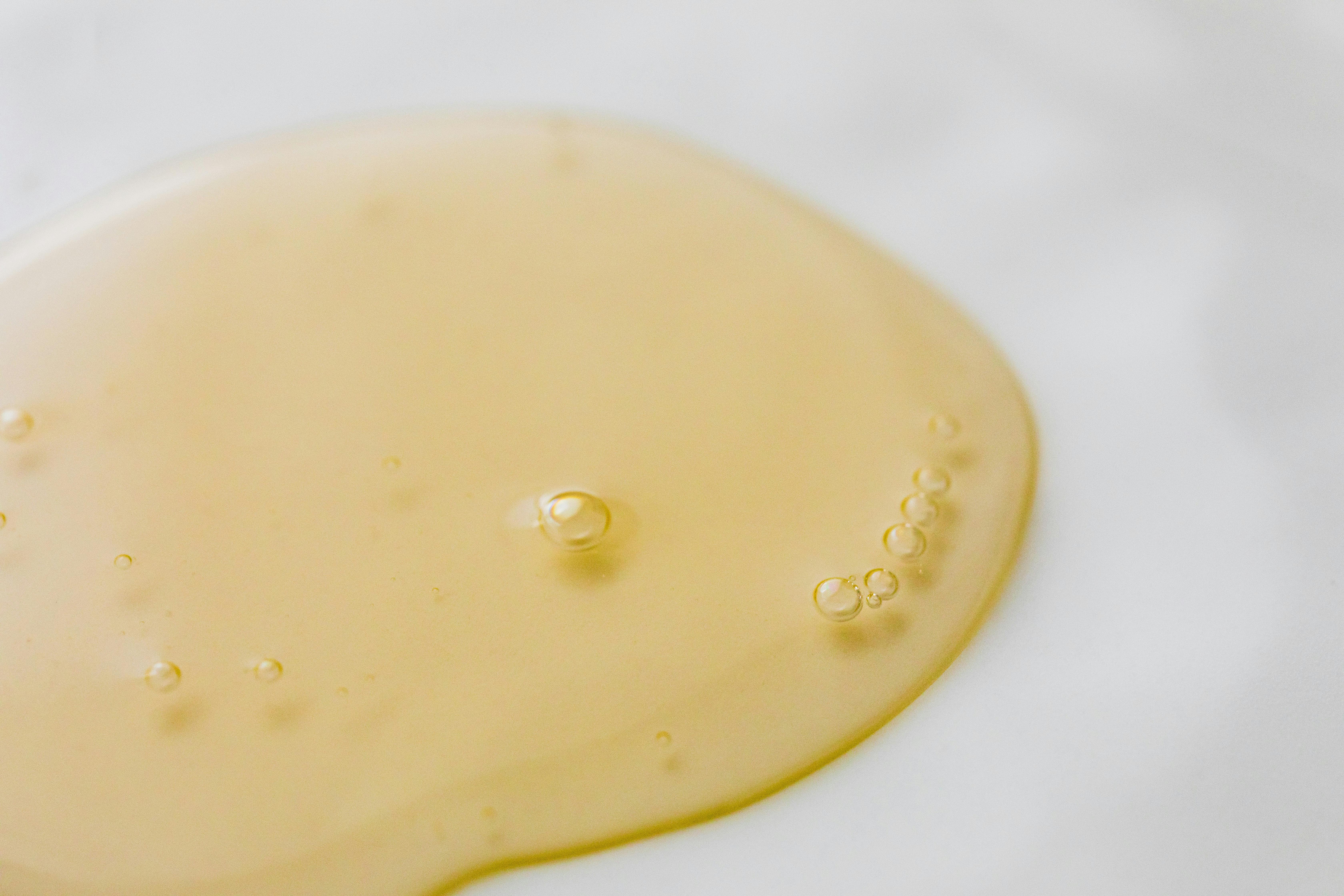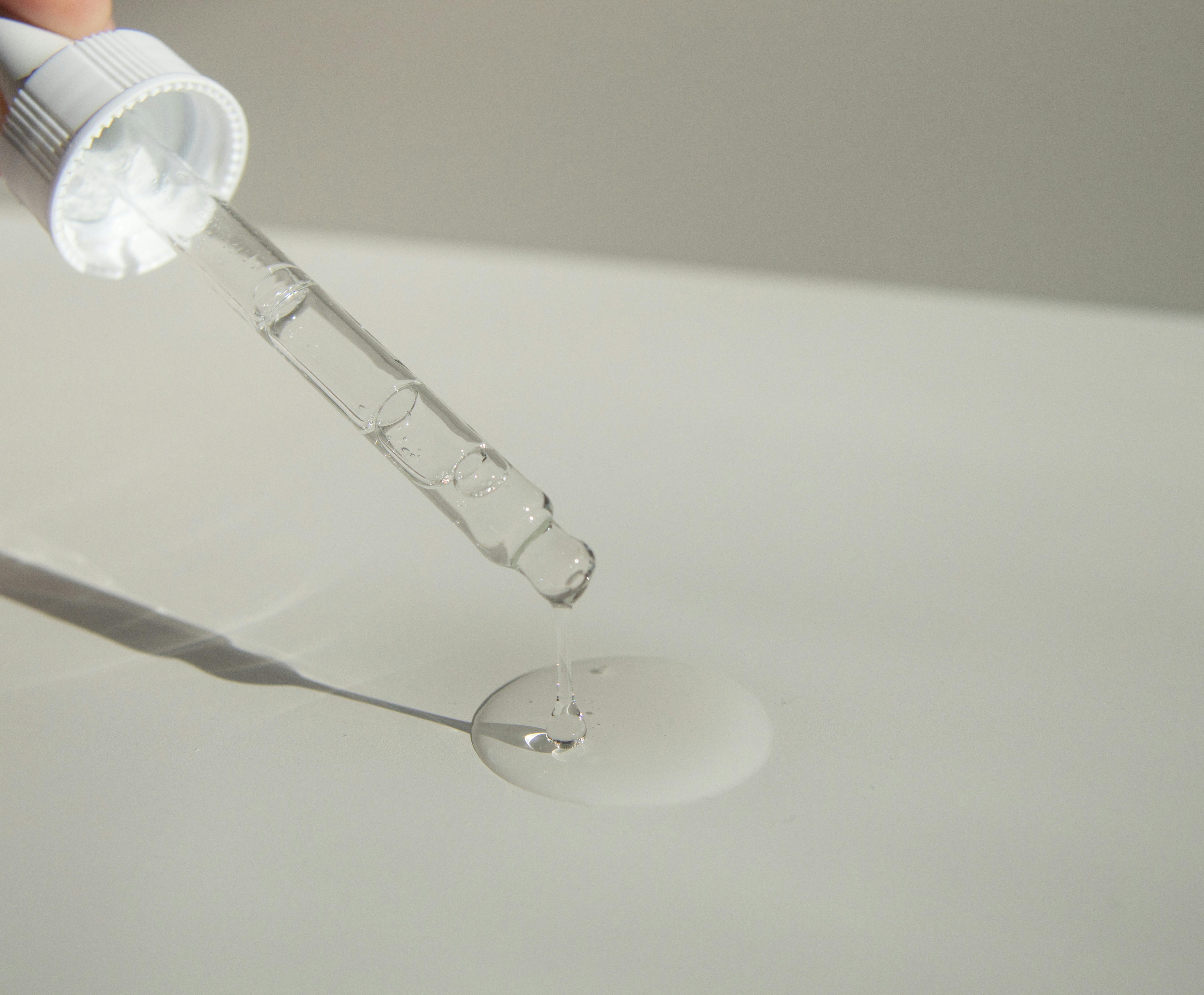Steam distillation is a popular method used to extract essential oils from plant materials. This method uses steam to separate the oil and water-based compounds found in the plant material, resulting in a highly concentrated form of the essential oil. In this article, we will discuss the process of steam distillation and how it is used to produce essential oils. We will also discuss some of the benefits of using this method for obtaining essential oils.Steam distillation is a process used to separate mixtures of liquids that have different boiling points. In this method, steam is passed through the liquid mixture, causing it to vaporize. The vapor is then condensed into a separate container where it can be collected. This technique is often used to extract essential oils from plants, as it allows for the separation of the volatile compounds without damaging them.
How Does It Work To Extract Essential Oils?
Essential oils are typically extracted through a process called steam distillation, which uses the natural power of steam to break down the plant cells and release the oil within. The process takes place in a still, which is made up of a large vessel filled with steam and pressure. The plant material is placed into the still, and then heated with the steam until it begins to break down. This causes the essential oil compounds to be released from the plant material and enter into the vapor, where they are collected and condensed. The condensed essential oils are then collected in a separate container for use. Other methods of extraction include solvent extraction, expression (also known as cold pressing), and carbon dioxide extraction. Each method has its own advantages and disadvantages, so it is important to research which method is best suited for your needs before beginning the extraction process.
Steam distillation is considered one of the safest methods of essential oil extraction because it does not involve any harsh chemicals or solvents, making it ideal for those looking to produce pure essential oils with minimal environmental impact. Additionally, since water vapor is used instead of heat, there
Simple Steam Distillation
Simple steam distillation is one of the most common types of steam distillation. In this method, steam is used to separate two immiscible liquid phases. The steam is heated to a temperature that is higher than the boiling point of either of the liquids, and when the vapor pressure reaches a certain level, the two liquids can be separated. The process can be repeated until the desired degree of separation has been achieved. This process is often used in laboratories to separate components in mixtures, such as oils from water.
Fractional Steam Distillation
Fractional steam distillation is another type of steam distillation that utilizes multiple stages to separate components in mixtures. This type of distillation involves passing a mixture of liquids through multiple distillation columns at different temperatures and pressures. As each liquid passes through a column, it is divided into fractions based on its boiling point, with the fractions containing more volatile components being collected first. This method allows for better separation than simple steam distillation since the volatile compounds are boiled off first.
AzeotropicChoosing the Right Essential Oil for Distillation
When it comes to essential oil distillation, choosing the right essential oil is key to getting the desired results. It is important to select an oil that has the right composition and aroma for your needs. There are several factors to consider when choosing an essential oil for distillation.
The first factor to consider is the type of plant or botanical used in distillation. Different types of plants have different properties and aromas which can affect the overall outcome of distillation. Also, some plants are better suited for certain types of distillations than others.
The second factor to consider is the aroma or scent of the essential oil you are using. This will determine how strong or subtle your final product will be. Essential oils with a strong aroma may require a longer distillation period, while more subtle oils may require just a few minutes of distillation.
Finally, it is important to consider the therapeutic benefits of the essential oil you choose when selecting an oil for distillation. Different oils have different therapeutic properties which can be beneficial when used in aromatherapy applications and other healing practices, such as massage therapy or
Setting Up the Distillation Process
Distillation is a process that involves separating various liquids according to their different boiling points. It is an important step in many industries, such as petroleum, chemical production, and medicine. Setting up a distillation process can be a complex process, but with the right equipment and knowledge, it can be accomplished with ease.
The first step in setting up the distillation process is to select the appropriate equipment. Depending on the type of distillation being performed, different pieces of equipment may be needed. Commonly used pieces of equipment include distilling columns, condensers, heaters and pumps. These components should be chosen based on the type of material being distilled and the desired output.
Once all of the necessary equipment has been selected, it must be installed correctly in order for the distillation process to run smoothly. This includes connecting all of the components together with pipes or hoses and ensuring that they are properly sealed to prevent leaks or contamination. Additionally, any valves or regulators should also be tested to ensure that they are functioning correctly.

Using Heat to Separate Essential Oils from Plant Material
Heat is often used to separate essential oils from plant material. The process of extracting essential oils from plants involves heating the plant material until it releases the aromatic compounds within. This process can be done in a variety of ways, including steam distillation, cold pressing, and solvent extraction. Steam distillation is the most common method used to extract essential oils because it is more efficient and yields higher quality oils than other methods. In this process, steam is passed through the plant material, which causes the aromatic compounds to be vaporized and released into the steam. The steam is then condensed back into liquid form and collected as the essential oil. Cold pressing is another method of extracting essential oils, which involves pressing the plant material between two plates that are heated to a low temperature. This method yields a lower quality oil than steam distillation but can be more cost effective. Solvent extraction uses solvents such as alcohol or hexane to extract essential oils from plants. While this method can produce higher quality oils than cold pressing, it also carries greater safety risks due to its use of potentially hazardous chemicals.
No matter which method is used
Collecting the Condensed Steam and Essential Oil Vapors
Steam distillation is a process used to extract essential oils from plants. It involves boiling the plant material in water, and then collecting the condensed steam and essential oil vapors that are produced. The steam carries the volatile compounds from the plant, which are then condensed back into liquid form and collected. This is a common method of extracting essential oils, as it is relatively easy to do and yields a high-quality product.
The steam distillation process begins with heating water until it begins to boil. The boiling water creates steam, which carries with it volatile compounds from the plant material that has been added to the water. As the steam moves through the distillation apparatus, it cools and condenses back into liquid form. The condensed steam contains both water and essential oil vapors, which can be collected separately.
The essential oil vapors are typically collected by using an condenser or separator device. This device allows for separation of the two components by forcing them through different paths; one path for the water vapor, and another path for the essential oil vapors. The essential
Cooling Down the Condensed Steam and Separating the Oils
The process of distillation involves cooling down the condensed steam and separating the oils. This is done through a process called fractional distillation, which uses a fractional column to separate out different components in the steam. The column is divided into several sections, each of which has a different boiling point. As the steam rises through these sections, each component will vaporize at its own boiling point, and can then be collected in its own container. This allows for more precise control of the fractions, increasing their purity.
Once the components have been separated into individual containers, they can be further processed to remove any remaining impurities or contaminants, depending on the desired end result. In some cases, steam condensation may be used to further refine and purify the oils before they are ready for use. The resulting product is a highly concentrated oil that can be used in various applications such as aromatherapy or cosmetics.
Distillation is an important step in many industrial processes and is widely used by companies that produce essential oils or other products from natural ingredients. The process allows for greater control over how much of each

Conclusion
Steam distillation is an effective method for extracting essential oils, and it can be done safely at home. It is important to use the right equipment and follow safety guidelines so that the process is successful and safe. The essential oils obtained are of high quality, and they can be used in a variety of ways, including aromatherapy and natural remedies.
Overall, steam distillation of essential oils is a great way to create natural products that have many health benefits. This method of extraction is safe, efficient, and cost-effective when done properly.
It is also important to be sure to purchase essential oils from a reputable source in order to ensure the highest quality products. With the right equipment and knowledge, anyone can create their own therapeutic blends with steam distilled essential oils.

